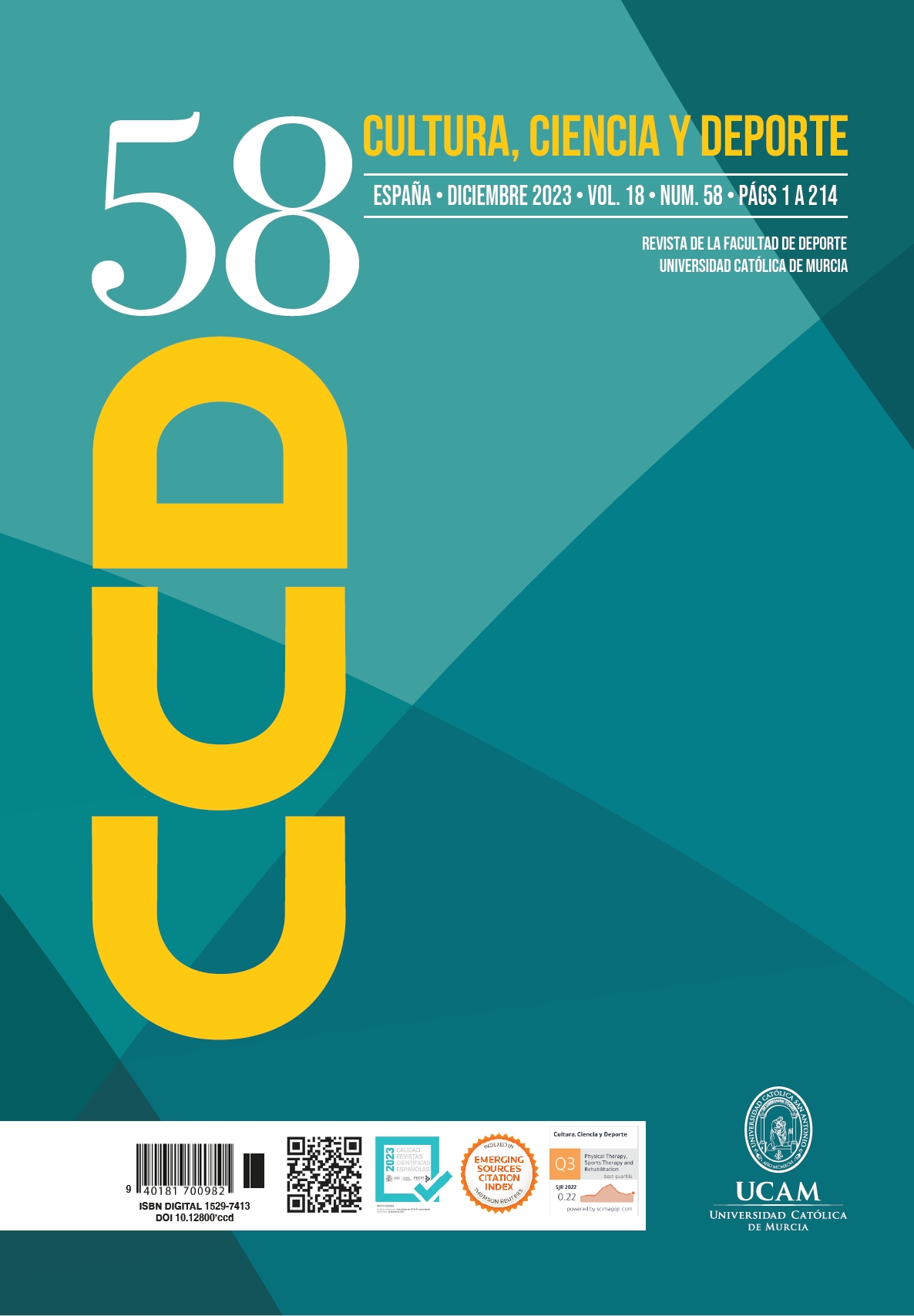A critical look at Adventure Education programs
DOI:
https://doi.org/10.12800/ccd.v18i58.2121Resumen
Programs based on Adventure Education models are increasingly applied in schools, thanks, among other
reasons, to the inclusion of physical activity in the natural environment as a compulsory part of current educational
legislation. Scientific literature has demonstrated over the years the wide-ranging benefits that these educational
models offer students in terms of personal aspects, social aspects, health and the habit of staying active,
among others. For a better application of this model, it is necessary to identify the different existing programs that
use “adventure” as a means to educate and, through this, select the most appropriate model for the target group,
available space and opportunities. For all these reasons, the aim of the present study was to analyze and compare
the characteristics of the best known and most widely used Adventure Education models on the international
scene, highlighting those most widely used in Spain. For the elaboration of this work, the models addressed
were: outdoor adventure education, adventure learning, experiential learning, challenge rope courses, adventure
pedagogy and adventure education. Following analysis of each of these educational models, it is concluded that
for correct educational application knowledge is required about the way in which each typology should be applied, as
well as the differential benefits they produce.
Descargas
Publicado
Cómo citar
Número
Sección
Licencia
Derechos de autor 2023 Creative Commons Attribution License

Esta obra está bajo una licencia internacional Creative Commons Atribución-NoComercial-CompartirIgual 4.0.
Los autores que publican en esta revista están de acuerdo con los siguientes términos:- Los autores conservan los derechos de autor y garantizan a la revista el derecho de ser la primera publicación del trabajo al igual que licenciado bajo una Creative Commons Attribution License que permite a otros compartir el trabajo con un reconocimiento de la autoría del trabajo y la publicación inicial en esta revista.













